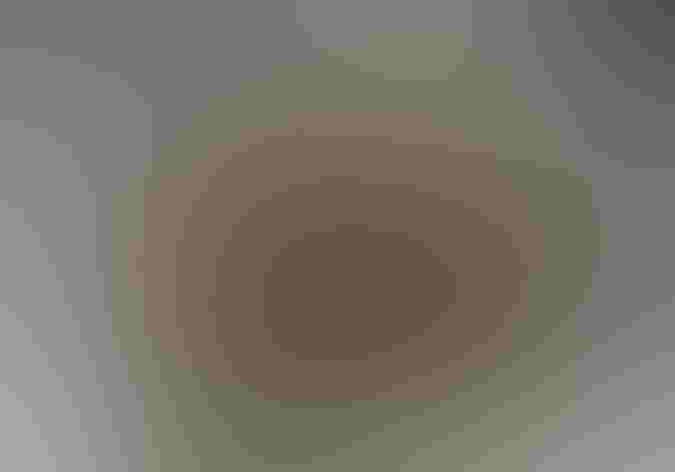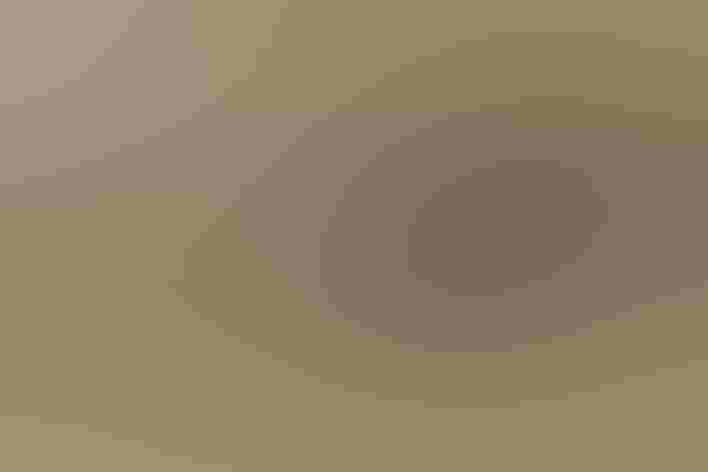Spectacled Eider
At a Glance
An uncommon and poorly known eider of the high Arctic, its distribution centered on the Bering Sea. Generally in small flocks. Tends to occur mainly in areas where travel is difficult for humans -- boggy tundra in summer, at sea around pack ice at other times; its winter range far out in the Bering Sea was unconfirmed until recently. Its remote habitat and bizarre, ghostly appearance contribute to its aura of mystery.
All bird guide text and rangemaps adapted from Lives of North American Birds by Kenn Kaufman© 1996, used by permission of Houghton Mifflin Harcourt Publishing Company. All rights reserved.
Category
Diving Ducks, Duck-like Birds
IUCN Status
Near Threatened
Habitat
Coasts and Shorelines, Open Ocean, Tundra and Boreal Habitats
Region
Alaska and The North
Behavior
Direct Flight, Rapid Wingbeats, Swimming
Population
250.000
Range & Identification
Migration & Range Maps
Flocks in migration usually fly low over sea. Winter range is still very poorly known; thought to be around southern edge of pack ice far out in Bering Sea, but there is still little direct evidence.
Description
20 1/2 -22" (52-56 cm). Male has bold "spectacles" on green head; white back, black chest and underparts. Female mottled brown, shows a strong hint of the male's face pattern.
Size
About the size of a Crow, About the size of a Mallard or Herring Gull
Color
Black, Brown, Green, White, Yellow
Wing Shape
Pointed, Tapered
Tail Shape
Pointed, Short, Wedge-shaped
Songs and Calls
Usually silent; a soft ah-hoo!
Call Pattern
Flat, Rising, Simple
Call Type
Croak/Quack, Hoot, Odd, Whistle
Habitat
Ocean, tundra. In breeding season on wet low-lying tundra with many lakes and ponds, sometimes well inland. At other seasons on ocean. May be near coastline but often far offshore, along edges and openings of floating pack ice.
Sign up for Audubon's newsletter to learn more about birds like the Spectacled Eider
Behavior
Young
Leave nest shortly after hatching, are led to water by female. Young are tended by female but find all their own food. Age at first flight 53 days or less, a rapid development for large size of bird.
Feeding Behavior
During most of year forages mainly by diving and swimming underwater. Supposedly able to remain submerged longer than most diving ducks. On tundra in summer may forage by dabbling in shallow water or by walking on land.
Diet
mostly mollusks. During most of year, when at sea, diet is mainly mollusks. In summer on tundra, diet includes many aquatic insects and some crustaceans, plus much plant material such as sedges, grasses, and berries.
Nesting
Most pairs evidently formed in winter, before spring migration to nesting grounds. Male's displays include rearing up out of water, wing-flaps, shaking head rapidly, stretching neck upward and then jerking head back in quick motion. Nest site is usually very close to edge of tundra pond, on a raised ridge or hummock; sites may be re-used in subsequent years. Nest (built by female) is a shallow depression lined with plant material and with large amounts of down. Eggs 3-6, sometimes 1-8. Olive buff. Incubation is by the female only, about 24 days.
Conservation
Conservation Status
In the Yukon-Kuskokwim delta of western Alaska, one of the main breeding areas, populations declined by 96% from 1970 to 1993. Populations elsewhere may be declining, but not so sharply. Total numbers in Russia are not well known. Like other Arctic birds, probably vulnerable to the effects of climate change.
Climate Threats Facing the Spectacled Eider
Choose a temperature scenario below to see which threats will affect this species as warming increases. The same climate change-driven threats that put birds at risk will affect other wildlife and people, too.










